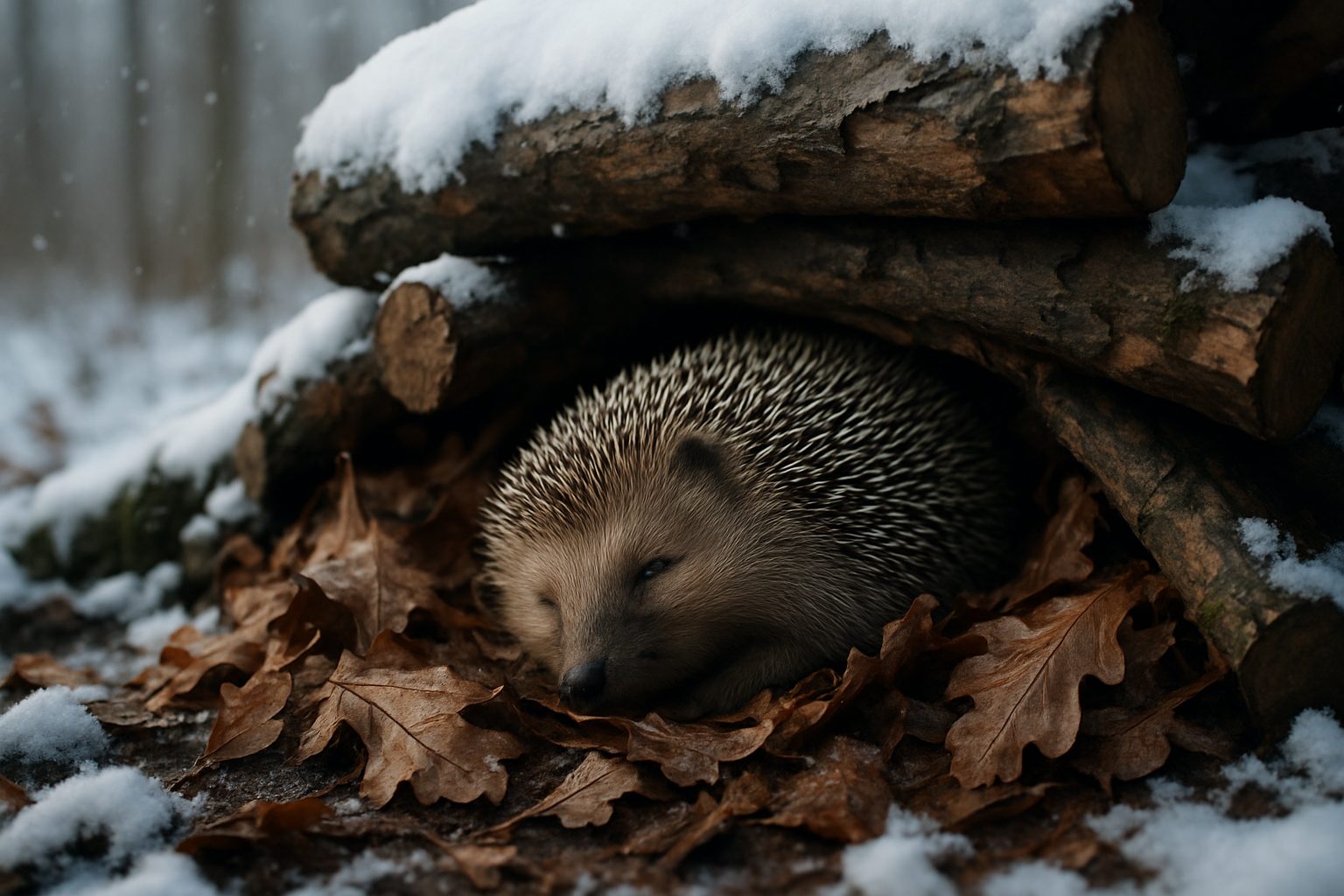Hedgehog Hibernation: Nature's Winter Survival Tactic
Discover the fascinating world of hedgehog hibernation, a remarkable adaptation that allows these spiny mammals to survive harsh winter conditions. From physiological changes to environmental triggers, this article delves into the intricacies of hedgehog hibernation and its implications for conservation efforts.

Preparing for the Big Sleep
As autumn approaches, hedgehogs enter a phase called hyperphagia, during which they consume vast quantities of food to build up fat reserves. This period is crucial for their survival during hibernation. Hedgehogs can increase their body weight by up to 40% in preparation for their winter slumber. They also seek out suitable hibernation sites, often choosing piles of leaves, logs, or compost heaps that provide insulation and protection from predators.
The Physiological Marvels of Hibernation
During hibernation, a hedgehog’s body undergoes remarkable changes. Its body temperature can drop from about 35°C (95°F) to as low as 5°C (41°F), matching the ambient temperature. The heart rate slows from about 190 beats per minute to a mere 20 beats per minute, and breathing becomes shallow and irregular. These changes allow the hedgehog to conserve energy, burning through its fat stores at a glacial pace.
Environmental Triggers and Timing
The onset of hibernation is triggered by a combination of environmental cues, including decreasing daylight hours, dropping temperatures, and reduced food availability. However, the exact timing can vary depending on geographical location and individual circumstances. In warmer climates, hedgehogs may enter a state of torpor instead of full hibernation, waking periodically to forage for food.
Awakening and Post-Hibernation Recovery
As spring approaches and temperatures rise, hedgehogs gradually awaken from their winter slumber. This process is not instantaneous; it can take several hours for a hedgehog to fully rouse itself. Upon waking, hedgehogs are severely dehydrated and have lost a significant amount of body weight. They must quickly begin foraging to replenish their energy stores and rehydrate.
Conservation Implications
Understanding hedgehog hibernation is crucial for conservation efforts. Climate change and habitat loss are altering hibernation patterns, potentially putting hedgehog populations at risk. Warmer winters can cause hedgehogs to wake prematurely, depleting their energy reserves before food becomes available. Conservation strategies must take into account these changing patterns to effectively protect hedgehog populations.
Human Impact on Hedgehog Hibernation
Human activities can significantly impact hedgehog hibernation. Garden maintenance, such as leaf clearing and bonfire construction, can inadvertently destroy hibernation sites or even harm hibernating hedgehogs. Educating the public about hedgehog-friendly gardening practices is essential for protecting these vulnerable creatures during their winter sleep.
The Future of Hedgehog Hibernation Research
Scientists continue to study hedgehog hibernation, seeking to understand the molecular mechanisms that allow these animals to survive such extreme physiological changes. This research not only benefits hedgehog conservation but may also have implications for human medicine, particularly in areas such as organ preservation and metabolic disorders.
In conclusion, hedgehog hibernation is a remarkable feat of nature, showcasing the incredible adaptations that allow animals to survive in challenging environments. As we continue to unravel the mysteries of this winter survival tactic, we gain valuable insights into the resilience of life and the importance of preserving the delicate balance of our ecosystems.





